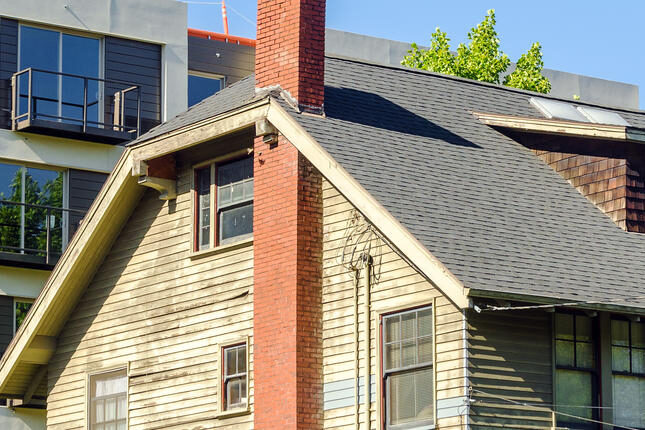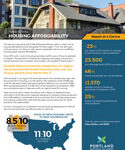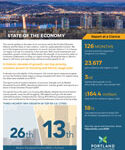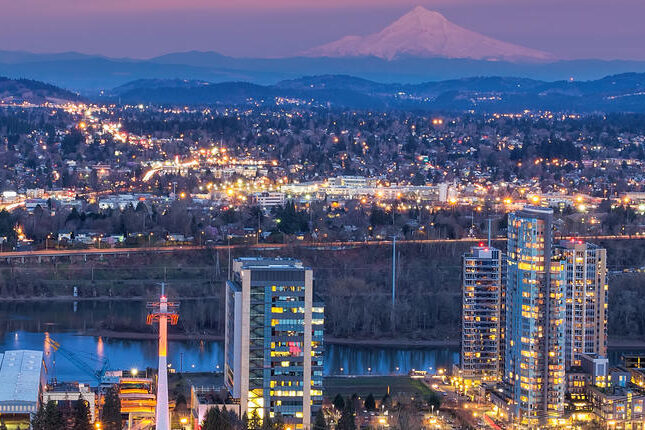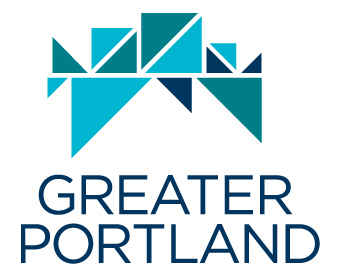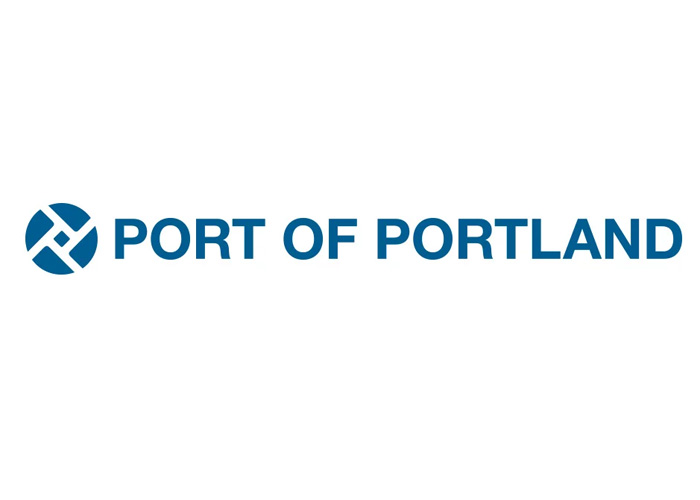This report produced by the Portland Business Alliance, takes a closer look at housing affordability across the greater Portland region. From the dark years of the recession, our Value of Jobs reports repeatedly note how an insufficient housing supply impacts affordability.
The demand for housing has outpaced new supply, and prices of homes and rents have increased, most acutely in the greater Portland region.
Unfortunately, in our region, the latest data points show already clear signs that the production of housing is on the decline. We needed to build 103,000 new units this decade to keep pace with population demand, but only built 79,500. With a projected pipeline of 2,500 new homes expected to be finished in 2022, we must explore ways to keep pace with our region’s need for housing.
State and local policy makers are taking notice. Many are leading the way nationally on bold new policy measures designed to increase housing production that is affordable to households at all income levels. But it will take several years and ongoing collaboration with both the public and private sector for these policies to be implemented.
It’s time to jumpstart our conversation around housing development so that all who live and work here may afford a place to call home.
Related Report
Apartment Production
In this building cycle, apartment construction in the region has occurred predominantly in the city of Portland, with more units under construction in the city than the rest of the region combined since 2013. See Figure 1.
Tracking units under construction is important because they are a leading indicator of housing supply. Apartment buildings commonly take 24 months to complete. Assessing the number of units now under construction provides an estimate of what will be completed in the next two years.
At the end of 2016, there was a large increase in construction activity. This lasted through the peak of the cycle in mid-2018. The increase was fueled by many factors, including: rising rents; rising population and more people moving here; rising incomes; and developers looking to implement projects prior to inclusionary housing requirements (in the city of Portland only).
The benefit of additional construction activity created a historical production of apartments, which resulted in slowing growth in rent rates across the region. Historically, rents and incomes have been aligned, and most apartments have been broadly affordable. In 2012, an average apartment was affordable to a household earning 60% to 70% of Median Family Income (MFI).
Cost-burdened Households
Housing affordability assumes that no more than 30% of gross income should be spent on housing. Today, that is not the case. Nearly half of all renter households in the region are cost-burdened (spending more than 30% of gross income on housing). Beginning in 2012, rents in the city of Portland increased faster than incomes, resulting in an average one-bedroom apartment being affordable only to households earning 100% of MFI in 2016 and 2017. See Figure 2.
Broad levels of housing affordability peaked in 2017. For many households in the region, incomes began to increase faster than rent. The number of apartments built slowed down. The pace of rent growth slowed at a time when the median income was increasing at 8% to 9% a year. As a result, today an average apartment is now affordable to a household earning 90% of MFI.
Homelessness and Affordability
Housing affordability and homelessness are linked. One unexpected expense can leave a household unable to pay the rent. Many households earning less than 80% of MFI are spending more than half of their gross income on housing alone, leaving little for other basic requirements like transportation, child care and food.
Despite the high cost of rent in the region, growing incomes have allowed some households to save for down payments and contemplate home ownership. But if a household is earning $89,700 (100% of MFI), they may still be priced out of many neighborhoods.
Today, a household earning 100% MFI and expecting to spend 30% of income on housing, may be able to afford a home priced at $385,000. The reality is, the average price of a home in central parts of our region, exceeds this. Even if a household is able to save 20% for a down payment, they may struggle to find an affordable home, near their job. See Figure 4.
Policy impacts of housing production
Bold new policy measures, designed to increase housing production that is affordable to households at all income levels, are taking shape.
In the Portland region, we’re just beginning to understand the impact of House Bill 2001 (HB 2001), passed in the final days of the 2019 Oregon Legislature and signed into law by Governor Brown in August 2019. This landmark legislation has been characterized as banning single-family exclusionary zoning statewide. It does not ban single-family detached housing, but requires cities with a population greater than 10,000 to allow duplexes in areas currently zoned for single-family dwellings within the urban growth boundary. It goes further for cities with populations above 25,000 and requires the permitted use of duplex, triplex, quadplex, and detached cottage clusters. As part of HB 2001, the state will develop a standard land use code that will be used to define where different types of housing can be permitted. If a local jurisdiction does not implement their own code, they will by default adopt the state’s code based on their population size.
It is unclear exactly how Oregon’s code will be written, as well as how any local jurisdictions will design their own policies to comply with the legislation. The City of Portland’s Residential Infill Project (RIP) is the first of many potential local efforts to implement individually calibrated policies. The city estimates there is the potential to produce up to 24,000 units over 20 years under RIP (1,200 units a year average). It is clear that parameters such as requiring off-street parking and maximum potential unit sizes will influence market feasibility and the types of new construction built in the region. This map displays the results of a sketch model created to understand where market demand is greatest in the region. See Figure 3.
Why this Matters
Housing production across the greater Portland region is tapering off. Construction costs are up by more than 20%. Population in the region has grown 11% since 2010. In order to sustain a resilient economy, we need to find ways for building new homes to continue through the end of this expansion and into the recession.
An aggressive housing supply push will serve two purposes. It puts downward pressure on rents in an overpriced market, and it supports thousands of middle-income jobs.
The magnitude of our housing and homelessness crises requires bold solutions, community-wide collaboration, political will and the historic leadership to do what is right, not what is easy.
